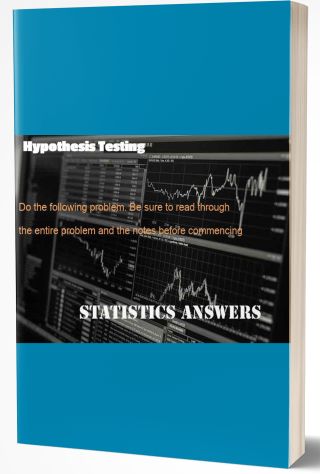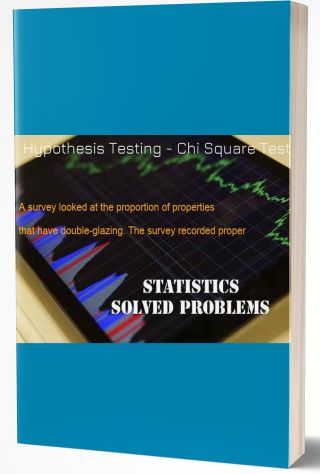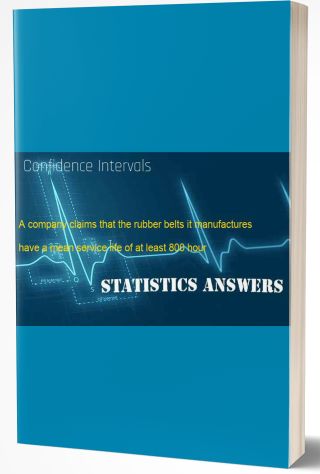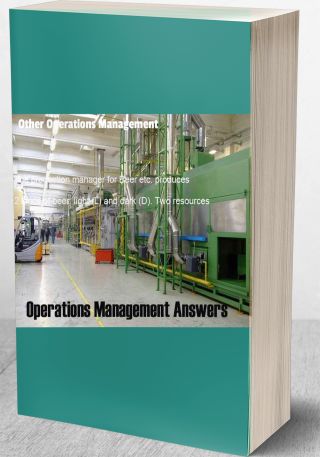Do the following problem. Be sure to read through the entire problem and the notes before commencing
Question: Do the following problem. Be sure to read through the entire problem and the notes before commencing work.
In August, Walton Bookstore must decide how many of next year’s nature calendars to order. Each calendar costs the bookstore $7.50 and is sold for $10. After February 1, all unsold calendars will be returned to the publisher for a refund of $2.50 per calendar (their “salvage value”). Walton believes that the number of calendars it can sell by February 1 follows the probability distribution shown in the table below.
| Calendar Demand | Probability |
| 100 | 0.30 |
| 150 | 0.20 |
| 200 | 0.30 |
| 250 | 0.15 |
| 300 | 0.05 |
a) Presume Walton orders 200 calendars. Simulate the results over 300 periods (years).
i. What is the average, minimum, and maximum profit over the simulation periods?
ii. A management consultant claims Walton should expect an average of $250 profit on calendar sales. Does the data justify this claim? Support your answer statistically.
iii. What average profit should Walton expect if they raise the calendar price to $11 (and everything else remains the same)?
iv. What’s the lowest price Walton can charge for a calendar and still on average expect to make a profit?
b) The previous part assumed an order of 200 calendars; however, this is a variable of interest too. What order quantity will maximize Walton’s profit on calendars? (That is, how many calendars should Walton order to maximize profit?) How does profit vary with number of calendars ordered? Show your work – for example a table indicating a range of order quantities and the profit expected for each.
Deliverable: Word Document







